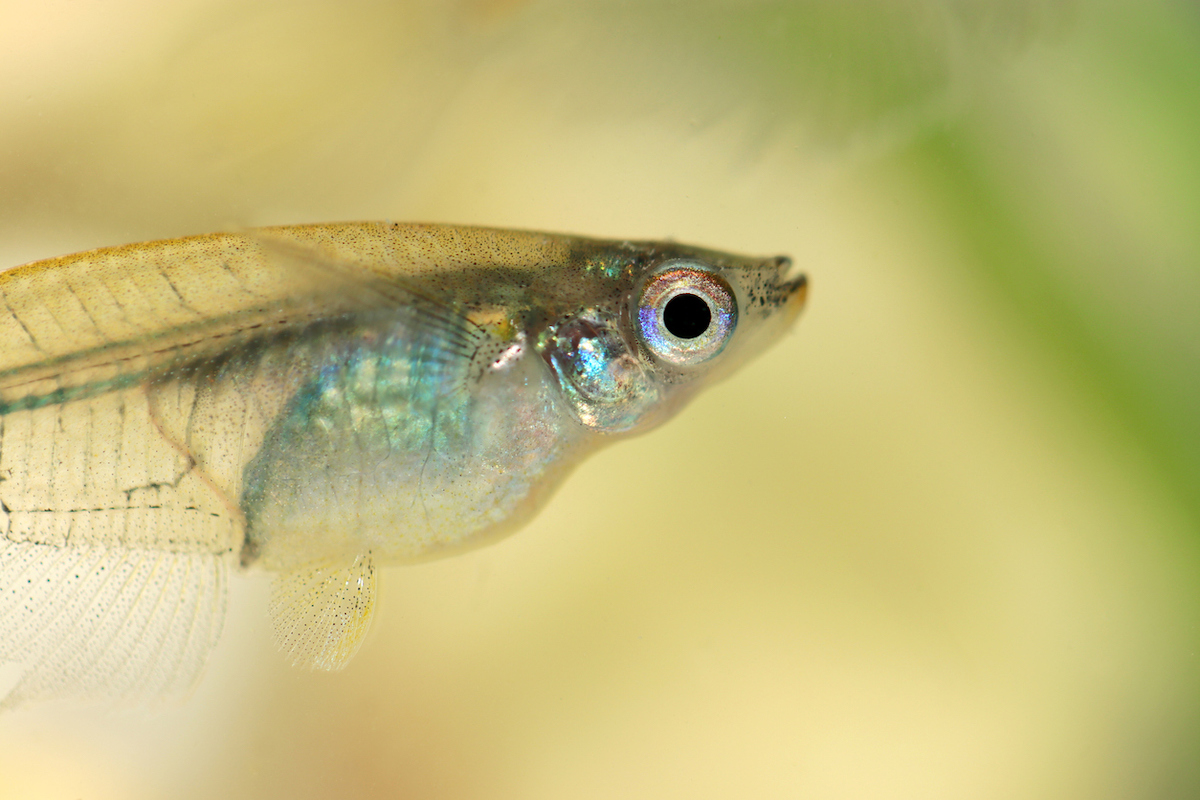
Rapid CRISPR-Cas9 Knock-in System Found Effective for Vertebrate Model
May 31, 2023| |
A team of scientists from Stanford, United States developed an efficient and precise knock-in approach using CRISPR-Cas9 tool that establishes the African turquoise killifish as a system for precise genetic engineering scale, which has been challenging to do in vertebrates. The new approach can offer opportunities for the establishment of humanized disease models and the development of cell-type-specific molecular probes for studying complex vertebrate biology.
The African turquoise killifish has been previously studied by researchers to investigate complex phenotypes at scale, including aging and age-related disease. The new CRISPR-Cas9-mediated knock-in approach in killifish described by the American scientists provides an efficient application to precisely insert fluorescent reporters of different sizes at various genomic loci to drive cell-type- and tissue-specific expression. The following features of the method were highlighted by the scientific team:
- The method uses synthetic, chemically-modified repair templates with ~150–200 bp homology arms and has the advantage of being adoptable without expertise in molecular biology techniques.
- No preparation is required for reagents.
- Using sequenced, quality-controlled, synthetic reagents reduces the incidence of mutations in the homology-directed repair template.
- The method allows the establishment of versatile strategies to examine complex phenotypes like development, regeneration, and aging.
Overall, the new knock-in approach can enhance the use of the killifish as a scalable vertebrate model for further scientific investigation on neuroscience and disease with conserved implications on humans.
For more details, see Genetics and Genomics.
| |
You might also like:
- Gene Knockout Produces “Gentle” Mackerel
- CRISPR Catfish Exhibits Disease-resistance and Reproductive Confinement Traits
- Gene Editing to Help Curb Sterility Paradox in Fish Production
Biotech Updates is a weekly newsletter of ISAAA, a not-for-profit organization. It is distributed for free to over 22,000 subscribers worldwide to inform them about the key developments in biosciences, especially in biotechnology. Your support will help us in our mission to feed the world with knowledge. You can help by donating as little as $10.
-
See more articles:
-
Gene Editing Supplement (May 31, 2023)
-
Research and Tools
- New Gene Editing Method Can Reveal Roles and Properties of Duplicated Plant Genes
- IGI Scientists Make Strides in Protecting Rice from Drought
- Rapid CRISPR-Cas9 Knock-in System Found Effective for Vertebrate Model
- CRISPR Application to Lower Incidence of Antimicrobial Resistance
-
Public Acceptance and Engagement
- Study Pinpoints Public Trust Building Priorities of Gene Editing Key Actors
- Paper Highlights Public Acceptance of Gene-edited Foods
-
Read the latest: - Biotech Updates (December 17, 2025)
- Gene Editing Supplement (December 17, 2025)
- Gene Drive Supplement (February 22, 2023)
-
Subscribe to BU: - Share
- Tweet

